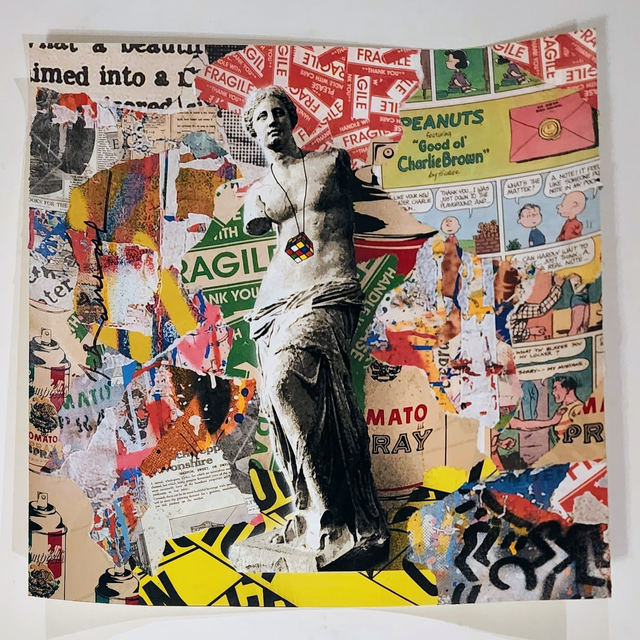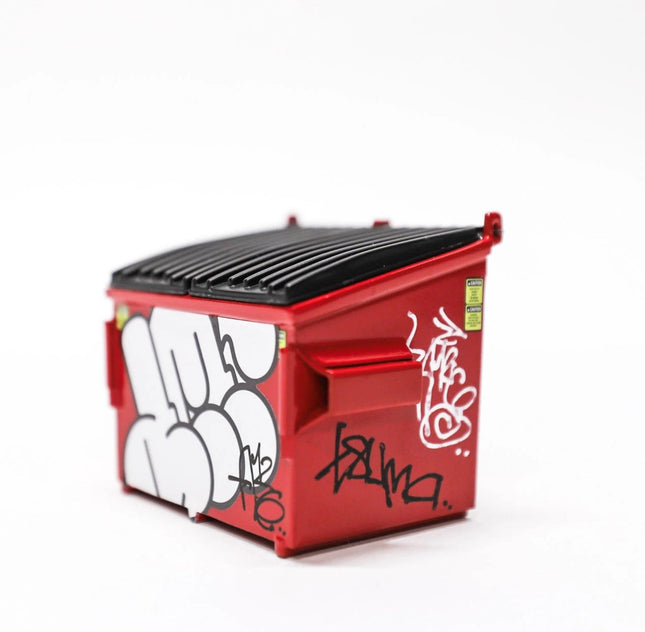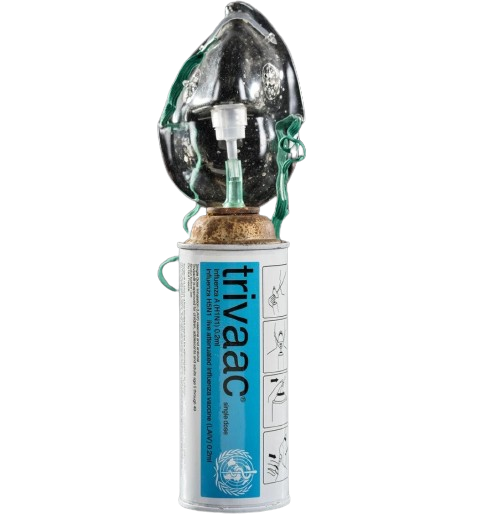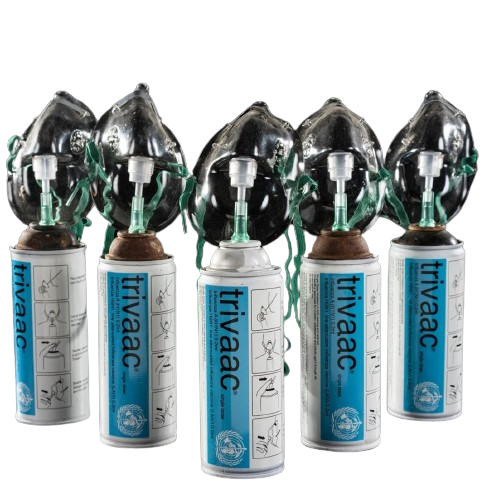
HPM Hand-Embellished Fine Art

Amuse126 Red Dumpster HPM Metal Sculpture Art Toy by Amuse126
Red Dumpster HPM Limited Edition Hand-Painted Diecast Metal Graffiti Art Toy Collectible Artwork by Street Artist Amuse126. 2021 Signed Limited Edition of 26 HPM Embleshed Custom Graffiti Mini Dumpsters 4x4 Street Dumpster Series 1 Diecast Metal AM Throw Up Bubble Letter Hand Painted HPM Hand- Embellished Run of 26, Signed 2021
$162.00$104.00


Eddie Colla Trivaac Inhalation Vaccine HPM Spray Paint Can Sculpture by by Eddie Colla
Trivaac Inhalation Vaccine HPM Hand Made Limited Edition Mixed Media, Reclaimed Items, Spray Can Sculpture Artwork by graffiti street artist modern pop artist Eddie Colla. 2020 Signed & Numbered HPM Made & Printed Limited Edition of 30 Spray Paint Can Sculpture Artwork. These Are Art Pieces, They Are Not Medical Devices. "I originally made these fake inhalation vaccines as props for two installations I did with D Young V, Epilogue, and Memento Mori. The installations revolved around apocalyptic possibilities. These recycled Spray paint cans were meant to be discarded inhalation vaccines that the World Health Organization had distributed during a global pandemic. The labels contain information about application dosage and active ingredients. I did a lot of research regarding previous pandemics, such as H1N1 (bird flu). The idea was to create an artifact as real as possible to resemble a failed attempt to contain a global pandemic." Eddie Colla Artistic Representation of Global Pandemics Eddie Colla's "Trivaac Inhalation Vaccine" mixed media artworks reflect a hauntingly prescient take on global health crises through the lens of Street Pop Art and graffiti Artwork. This limited edition series, consisting of only 30 signed and numbered pieces, incorporates reclaimed items and spray paint cans to form sculptures that stand as poignant artifacts of apocalyptic possibilities. Created as part of two installations with fellow artist D Young V, "Epilogue" and "Memento Mori," Colla's sculptures were designed to represent discarded inhalation vaccines distributed by the World Health Organization during a fictional global pandemic. These installations explored themes of human vulnerability, societal collapse, and the interventions that come into play during such catastrophic events. The sculptures themselves, crafted to mimic the appearance and informational detail of real medical devices, resonate with the realism and urgency of a world grappling with the threat of pandemics. Colla's meticulous research into previous health crises, such as H1N1, informed the creation of this spray can sculpture. The labels on each canister are detailed with application dosage and active ingredients, contributing to the authentic feel of the pieces. This attention to detail not only enhances the visual impact of the sculptures but also embeds a narrative that ties them to the real-world context of public health emergencies. Cultural Commentary through Mixed Media The "Trivaac Inhalation Vaccine" sculptures starkly comment on the intersection of art, science, and societal response to global health challenges. By using reclaimed spray paint cans, Colla repurposes the mundane and aligns his work with the ethos of recycling and sustainability. These themes are increasingly relevant in contemporary discourse. These sculptures transform the spray can, a ubiquitous tool in street art, into a vessel of deeper meaning, reflecting on the throwaway culture and the implications of medical waste. This body of work also questions the efficacy and accessibility of healthcare interventions, highlighting the disparity between the intended purpose of medical devices and their actual implementation in crisis scenarios. Colla's sculptures suggest a history of use and urgency when these objects were vital to survival. The limited edition nature of these pieces emphasizes their uniqueness as artworks while alluding to the scarcity of resources that can occur in times of crisis. Street Pop Art & Graffiti Artwork's Evocative Power Eddie Colla's contribution to Street Pop Art and graffiti Artwork is characterized by his ability to evoke robust responses through objects that bridge art and reality. His sculptures are not passive objects; they are conversation starters that prompt viewers to think critically about the state of the world and our responses to impending dangers. In the tradition of street art, these works are accessible yet complex, visually striking yet laden with meaning. The "Trivaac Inhalation Vaccine" series underscores the evocative power of street pop art and graffiti to comment on and engage with current events. Through this series, Colla extends the narrative capabilities of street art beyond the walls and into the three-dimensional realm, offering a tangible connection to the issues that permeate our collective consciousness. In essence, Eddie Colla's "Trivaac Inhalation Vaccine" sculptures embody the innovative and reflective qualities of Street Pop Art and graffiti Artwork. By blending art with societal critique elements, Colla captures the imagination and ignites discourse, cementing his role as an artist who observes and participates in the broader conversations of our time. His work is a reminder of art's impact on interpreting, understanding, and questioning the world around us.
$336.00




